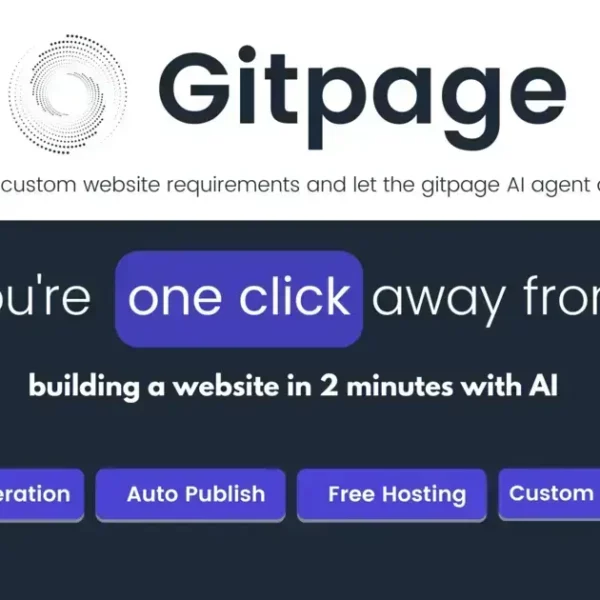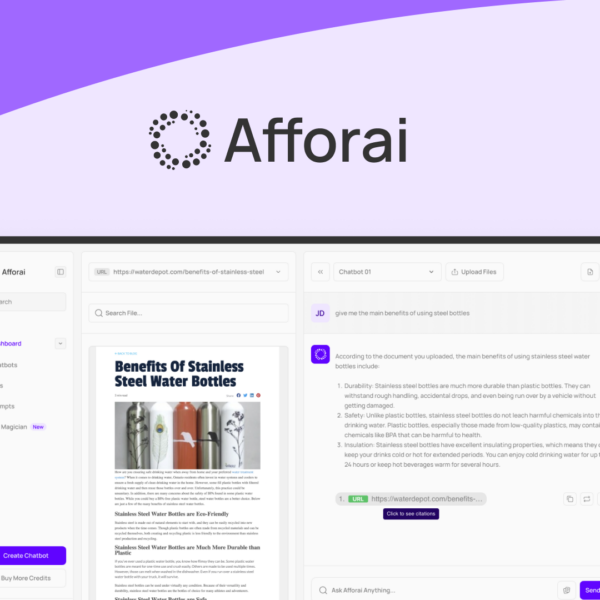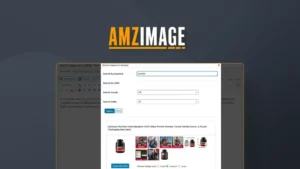Imagine running an HR department where everyone knows their tasks and deadlines—this is the power of HR workflows. They bring clarity to recruitment, payroll, and more, making your operations smoother.
HR workflows are essential for any organization looking to improve efficiency. They help define clear processes for tasks in human resources, from recruiting to onboarding. With a well-structured workflow, everyone knows their responsibilities. This can help avoid confusion and reduce mistakes.
The Basics of HR Workflows
At its core, an HR workflow outlines a series of steps to complete a task. For example, when hiring a new employee, steps can include reviewing resumes, interviewing candidates, and completing paperwork. Each step has a specific owner who is responsible for it.
Why HR Workflows Matter
Having effective HR workflows can save time and money. They allow HR teams to track progress and identify bottlenecks quickly. With clear workflows, managers can also see where things might slow down. This leads to faster decision-making and improved employee satisfaction.
Common HR Workflows
Some common HR workflows include those for hiring, onboarding, and performance reviews. Each of these has its own steps and requirements. By streamlining these processes, organizations can ensure they are compliant and meet their goals.
Improving HR Workflows
To improve HR workflows, organizations should regularly evaluate their current processes. Gathering feedback from employees can help identify areas for change. New technology can also support better workflows by automating tasks and reducing manual errors.
In summary, understanding and implementing HR workflows is critical for efficiency. They help ensure that your HR department runs smoothly and effectively. It’s all about making processes simpler and clearer for everyone involved.




